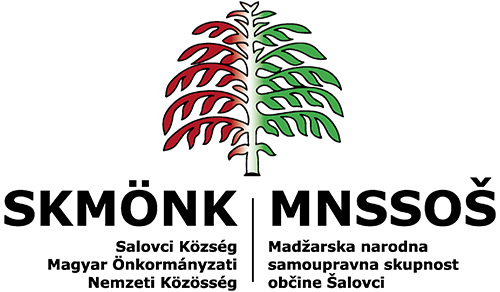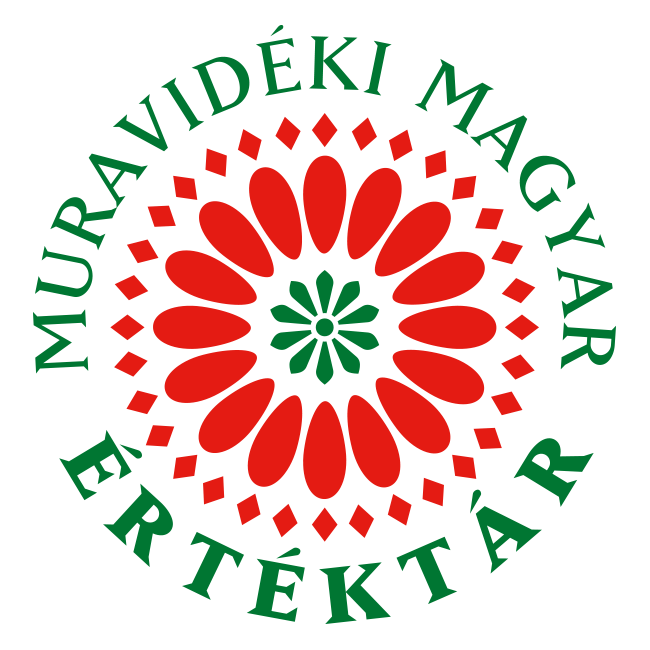 Beliefs and Customs on Saint George's Day
Beliefs and Customs on Saint George's Day
Traditions and Superstitions on Saint Lucy´s Day

On December 13th we observe Saint Lucy´s Day. Before the introduction of the Gregorian Calendar, Saint Lucy´s used to be the longest night of the year. According to popular belief, this is the time when magical creatures, evil spirits, as well as witches come out. In olden times, people did not work on this day and protected themselves with garlic, ashes and holy water.
Some of the traditions, superstitions, predictions and prohibitions connected to Saint Lucy´s Day were also well-known in Prekmurje. Let us have a look at some of these:
- the feature of Saint Lucy´s Day that is connected to the belief in witches is the making of the so-called Luca´s stool (Luca being the Hungarian word for Lucy), the carving of which had to be started on that particular day and, by doing a tiny bit of work every day, had to be finished by Christmas. The person who stood on Luca´s stool during Midnight Mass was able to see the witches in the congregation;
- housewives used to pour wheat into a bowl on this day and continued watering it until Christmas. The higher the wheat sprouted and the greener it got by the holiday, the better were the predictions for the following year´s harvest;
- on Saint Lucy´s Day, sewing was not allowed because people believed that by sewing, the hen´s rear might be sewn together and, therefore, it would not be able to lay eggs anymore;
- on December 13th, people were not allowed to lend anything, not even money, because the superstition held that, by doing this, their houses would be abandoned by luck;
- in Prekmurje, the so-called lucázás or kotyolás had a very popular tradition. On Saint Lucy´s Day, school children used to go from door to door in order to wish fertility and abundance to the homeowners in return for a small donation.





















